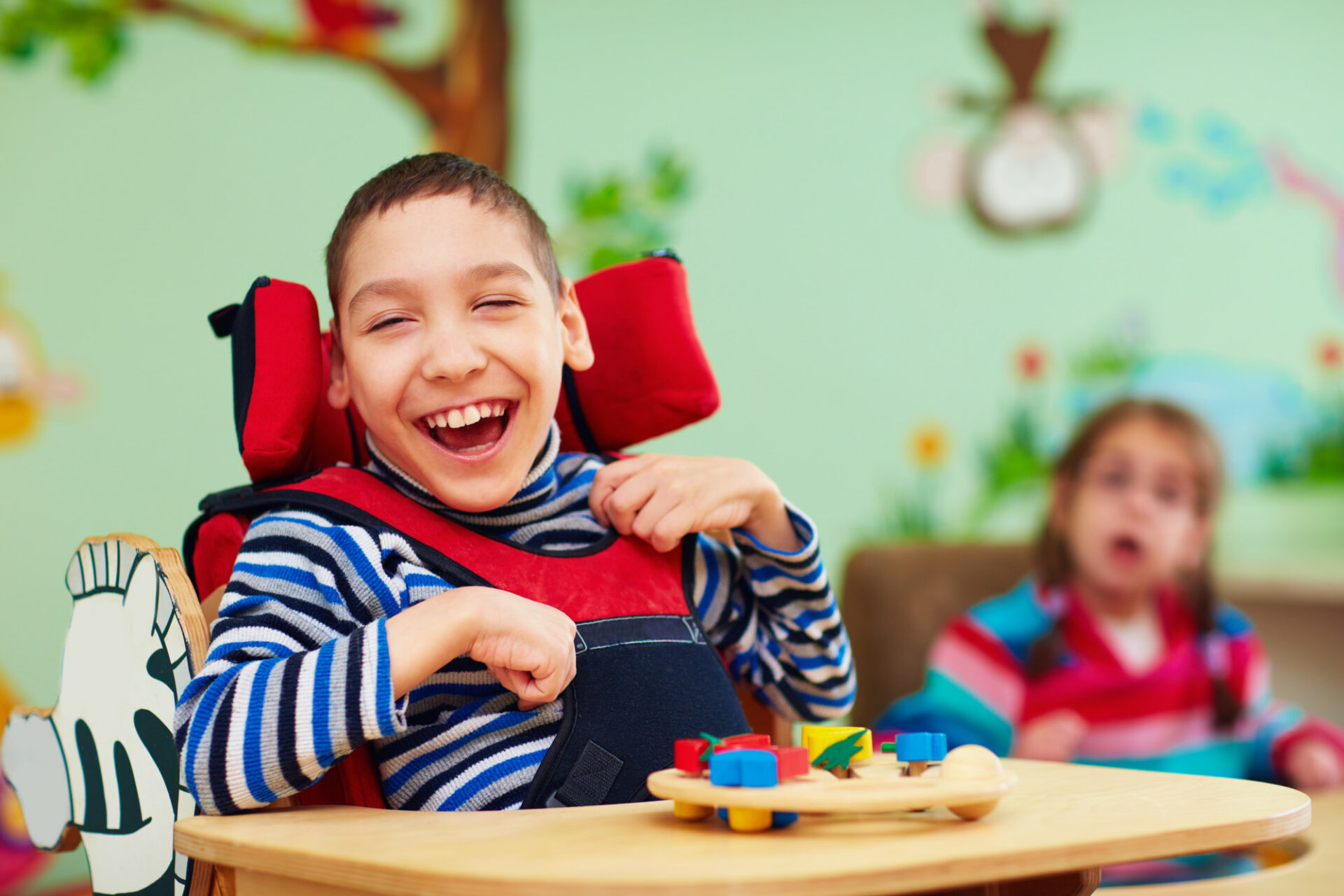Autism and Sensory Handling: Checking Out the Link and Its Impacts
Autism and Sensory Handling: Checking Out the Link and Its Impacts
Blog Article
Comprehending Autism: A Comprehensive Guide to Signs and indicators
Autism Range Problem (ASD) includes a large range of characteristics that can significantly affect an individual's social communications and everyday functioning. Identifying the symptoms and signs, such as difficulties with eye call, social communication difficulties, and sensory level of sensitivities, is essential for very early treatment. Understanding these nuances not just help caregivers and educators in giving ideal assistance but likewise cultivates a much more comprehensive setting for people with ASD. As we explore the intricacies of autism, it ends up being important to take into consideration just how these indicators materialize differently throughout the range and what ramifications they hold for efficient treatment methods.
Overview of Autism Spectrum Problem
Defining Autism Spectrum Problem (ASD) includes acknowledging it as a complicated neurodevelopmental problem characterized by a variety of obstacles in social interaction, communication, and behavioral patterns. The term "range" shows the wide variability in signs and their severity, which can differ dramatically from one individual to an additional. ASD commonly materializes in early childhood, although some people might not obtain a medical diagnosis till later in life.
Elements affecting the growth of ASD consist of environmental elements and genetic proneness, although the exact reasons remain under investigation. Medical diagnosis usually counts on behavioral evaluations, as there are no clear-cut clinical tests for ASD. Early intervention is vital and can significantly enhance outcomes, concentrating on improving communication skills, social communications, and adaptive habits.
People with ASD might additionally exhibit one-of-a-kind staminas, such as outstanding attention to information or specific areas of proficiency. Comprehending the complex nature of ASD is vital for cultivating a comprehensive environment that suits neurodiversity. Proceeded research is vital for creating efficient treatments and support systems, making it possible for people with ASD to thrive and meet their potential within culture.
Typical Signs of Autism
Recognizing the typical indicators of Autism Spectrum Problem (ASD) is essential for very early identification and intervention. These indicators can differ commonly in intensity and discussion, yet certain characteristics are frequently observed in individuals with ASD.
One of one of the most widespread signs is a marked difficulty in establishing and preserving eye call. People might also show limited rate of interest in social communications and show a choice for solitary play. Recurring behaviors, such as hand-flapping, rocking, or rotating objects, commonly emerge early in childhood years. Furthermore, some kids might develop stringent regimens and end up being distressed if these regimens are interrupted.
Sensory level of sensitivities are also common; individuals might underreact or panic to sensory stimuli, such as structures, lights, or audios. autism. Language growth can be atypical, with some children showing postponed speech or using language in uncommon means, including echolalia-- repeating sentences or expressions heard somewhere else
It is necessary to keep in mind that not every individual with ASD will certainly present all these indications, and the degree of these habits can differ significantly. Early acknowledgment permits prompt support and sources, enhancing the top quality of life for those on the spectrum.
Social Communication Obstacles
Social interaction difficulties are a characteristic of check these guys out Autism Spectrum Condition (ASD), influencing an individual's capability to involve successfully with others. These difficulties can materialize in different ways, including challenges in starting and preserving discussions, recognizing social cues, and reacting appropriately in social communications.
Individuals with ASD may battle with nonverbal interaction, such as eye get in touch with, faces, and body language. This can lead to misunderstandings, as their communicative intent might not be properly interpreted by others. They might locate it tough to realize the subtleties of tone and context, which are vital for effective communication.
In team setups, individuals with ASD might really feel overloaded and might not understand just how to sign up with in conversations (autism). They might likewise exhibit irregular conversational patterns, such as monologuing concerning certain rate of interests without acknowledging social reciprocity
In addition, these challenges can lead to social seclusion or troubles in creating relationships, as peers might misinterpret their actions or communication design. Comprehending these social communication obstacles is crucial for cultivating encouraging atmospheres that promote social abilities development and improve the quality of communications for individuals on the autism range.
Sensory Sensitivities and Actions
Many people with Autism Spectrum Condition (ASD) experience increased sensory level of sensitivities that can significantly impact their lives. These level of sensitivities may manifest as over-responsiveness or under-responsiveness to sensory stimulations, consisting of audios, lights, textures, tastes, and scents. As an example, a person with ASD might discover day-to-day sounds, such as a vacuum cleaner or crowded atmospheres, extremely stressful, leading to stress and anxiety or crises. On the other hand, some may display an indifference to pain or extreme temperatures, which can pose safety and security concerns.
Sensory processing differences in people with ASD can also impact their capacity to take part in social interactions and routine tasks. A child who is delicate to a fantastic read touch may withstand physical affection or avoid particular apparel materials. Additionally, a preference for sure structures or tastes can restrict dietary choices and produce obstacles throughout nourishments.
Understanding these sensory level of sensitivities is important for acknowledging the special experiences of people with ASD. Understanding of their sensory accounts can promote much better interaction and assistance strategies, creating an atmosphere that fits their requirements and boosts their top quality of life. Inevitably, recognizing sensory level of sensitivities is a crucial element of comprehending the wider spectrum of autism.

Sustaining Individuals With Autism
Efficient assistance for people with Autism Spectrum Condition (ASD) is critical for enhancing their general health and cultivating independence. Support methods need to be tailored to meet the special demands of each person, considering their difficulties and toughness.

Social skills training can likewise play a crucial duty. autism. Involving people web link in group activities or role-playing scenarios can improve their capability to navigate social interactions. Furthermore, it is crucial to enlighten household participants, caregivers, and peers regarding ASD to promote a comprehensive and helpful neighborhood
Final Thought
By promoting improved interaction and social skills, people with autism can browse their atmospheres extra effectively. Eventually, boosted awareness and assistance can dramatically improve the top quality of life for those influenced by ASD.
Autism Spectrum Condition (ASD) encompasses a vast variety of characteristics that can dramatically affect a person's social interactions and day-to-day functioning.People with ASD may battle with nonverbal communication, such as eye call, facial expressions, and body language.Several individuals with Autism Spectrum Disorder (ASD) experience enhanced sensory level of sensitivities that can substantially influence their daily lives.Sensory processing distinctions in individuals with ASD can also influence their capability to involve in regular tasks and social interactions.Recognizing these sensory sensitivities is essential for acknowledging the unique experiences of individuals with ASD.
Report this page